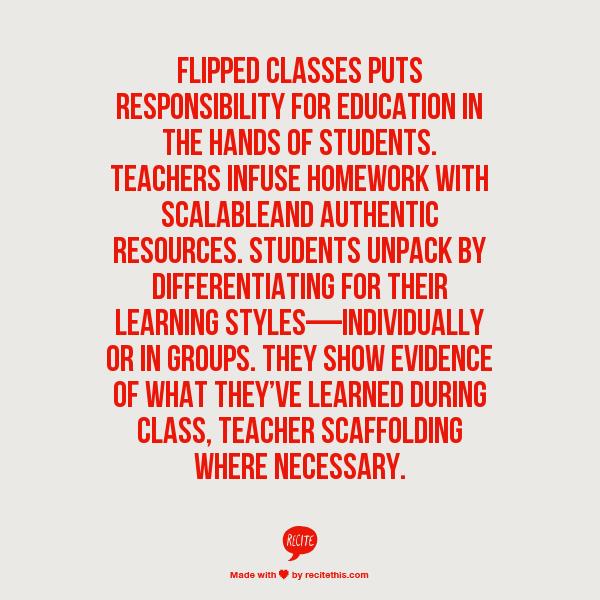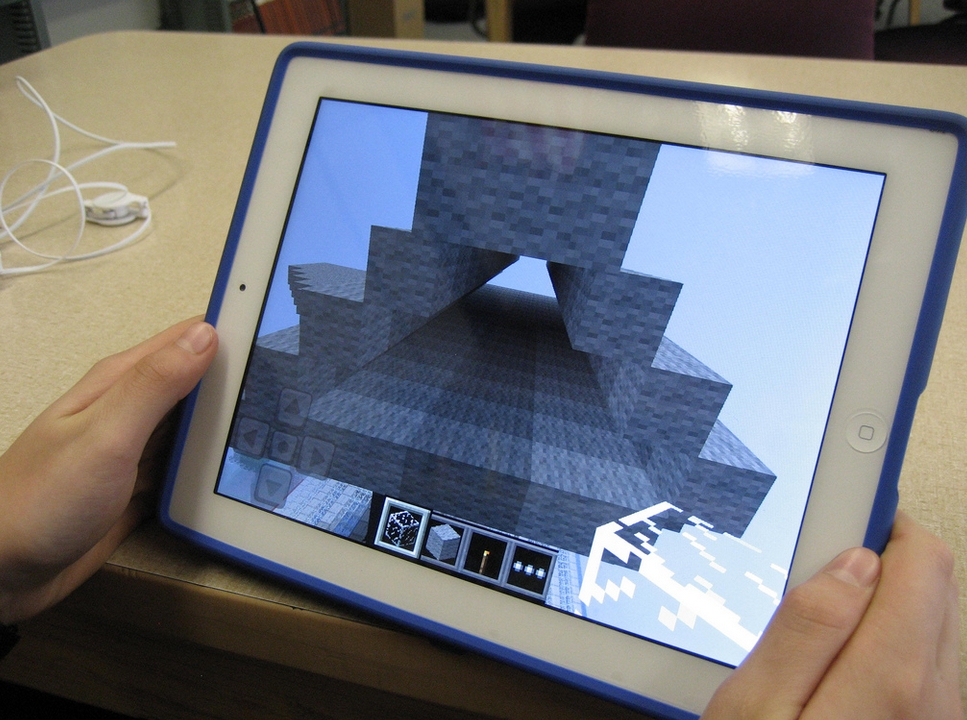 Of all the gifts students receive from education, passion is the greatest. If students are taught that learning is difficult, that math and science are boring, that history is a waste of time, they miss out on life’s most exciting, most meaningful motivator: passion.
Of all the gifts students receive from education, passion is the greatest. If students are taught that learning is difficult, that math and science are boring, that history is a waste of time, they miss out on life’s most exciting, most meaningful motivator: passion.
“The only way to do great work is to love what you do. If you haven’t found it yet, keep looking. Don’t settle.” – Steve Jobs
Why passion is important for students
Sometimes called Passion-based Learning, a focus on the student’s passion is a clear path to helping kids excel. By doing what they love, students learn to try hard, take risks, overcome obstacles, and never quit no matter the frustration. Passion makes learning fun which can drive success.
For educators, passion offers one of our most effective tools for engaging otherwise unengaged students. If kids can focus on something they love (say football), goals (like, say, trying to get into Notre Dame’s football program) become achievable. That juxtaposition may inspire students to commit to the study, homework, and test prep necessary to succeed.
A final reason why passion is important in the school setting is that its pursuit can teach students to get along with others. It is enormously powerful for kids to share ideas, experiences, and stories with those who reciprocate the interest. In its own way, this confirms that the student is valued. Finding those with similar interests is especially important in middle school where fitting in takes on an even higher priority to many than learning.
How to teach passion
As teachers, it is our job to help students find their passion in living but this is harder than it sounds. You can’t teach passion if you don’t feel it yourself. Think about it. When students first start learning, they love everything. They look for guidance from parents, teachers, and friends about what to get involved in because there’s too much cool stuff out there. If school turns out to be droll and dull, kids turn to something more exciting. If they don’t find excitement outside of school either, they become jaded about life.
Passionate teachers are those who are committed to their student’s success. I’m not talking about good grades. I mean showing students how education can be used to achieve their goals — the student’s passion. But let’s be honest. Every student’s passion will be different so we as teachers can’t focus on that. What we can model is our passion. Show students how being passionate about teaching underlies every step we take, every part of our life, and how it begets a sense of well-being, happiness, and accomplishment.
How students find their passion
Finding a passion is the difference between bouncing from one activity to another and knowing true North, where everything you do contributes to your big goal. I have two children. One knows exactly what s/he wants to do. Even as her/his job changes over time, the work is reframed and becomes about her/his passion. The other, not so much. If you have students who struggle with commitment to learning, finding their passion could be the answer. Here are ideas on how to help them uncover their passion:
- Notice what the student does when they have free time.
- Notice what they like reading about or watching on TV
- Be aware of their skills — what they’re good at. These skills will make related activities easier, be something they excel at and have more fun doing.
- Have older students take aptitude tests to see how their attributes fit common jobs, careers, or other interests.
- Encourage students to participate in clubs that include people passionate about what they like doing. Often, this passion will rub off on the student.
Genius Hour
A long-term project that allows students to investigate their passion during school time is called Genius Hour. In this activity, students pick a topic they’re excited about, research it, and present the results to classmates. It can be aligned with any subject (math, science, LA, history, or any other), graded or ungraded, and completed individually or in groups. As they work through the Genius Hour tasks, students learn skills like studying, notetaking, researching, presentation, literacy, and a bundle of others. They also experience the fun in learning. Sometimes called 20% Time, Passion Projects, or Choose2Matter, Genius Hour has become a wildly-popular approach to making learning student-directed and student-paced.
Here’s how you do it in your classroom:
Step 1: Find a passion
Have students work with a partner to determine their interests, what activities they like, and what skills they feel they have. Come up with a list of thirty-two (or more), bracket them, and decide which is the favorite by pitting one against another, two at a time. When the list is whittled down to one winner, that will be the Genius Hour topic.
Step 2: Find a project
Evaluate the winning interest and decide on a project best-suited to learning about it. For example, if a student loves soccer, research how can they use soccer to get into the college of their choice and then develop a plan.
Step 3: Sell the teacher on it
Prepare a quick presentation for what is called Project Pitch Day where students ‘sell’ the teacher and the class on their passion and why 20% of valuable school time should be dedicated to this topic. The presentation can be a slideshow, audio, example, guest speaker, or whatever way the student feels would best represent the topic.
Step 4: Research
With the project established, research what is required to complete it. Share a list of resources, websites, books, magazines, experts on the subject, and whatever else will be required to flesh out their project with the teacher and classmates. This makes it possible for others with a similar passion to reproduce what the student did.
Step 5: Complete project
Take all of the collected data and research and complete the project, in preparation for the class presentation. This is where the student will fulfill the promises made in the original Project Pitch Day presentation.
Step 6: Present to class
During class time, present the completed project to classmates, parents, school faculty, and other interested individuals with an eye on sharing this passion with peers. This presentation can be done as a video, slideshow, audio, or whatever method best allows the student to communicate why their passion is a driving force in their life.
Step 7: Assessment
Assessment will vary and be dependent upon the student group. It may come from the teacher but is as likely to be measured by the student themselves. Metrics will include not only the completion of all required steps but how persuaded attendees were by the presentation.
***
Passion is powerful. It’s why kids endlessly play online games and why adults sacrifice much in the pursuit of a dream. Use that power in your teaching.
–published first on TeachHUB
More
6 Simple Strategies to Help Find Your Passion
How to Build Lifelong Learners
Jacqui Murray has been teaching K-18 technology for 30 years. She is the editor/author of over a hundred tech ed resources including a K-12 technology curriculum, K-8 keyboard curriculum, K-8 Digital Citizenship curriculum. She is an adjunct professor in tech ed, Master Teacher, webmaster for four blogs, an Amazon Vine Voice, CSTA presentation reviewer, freelance journalist on tech ed topics, contributor to NEA Today and TeachHUB, and author of the tech thrillers, To Hunt a Sub and Twenty-four Days. You can find her resources at Structured Learning.




































